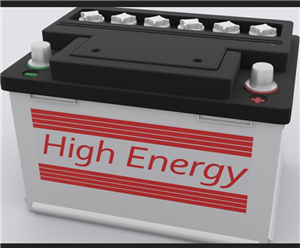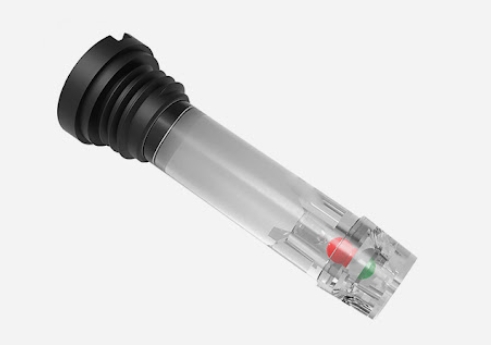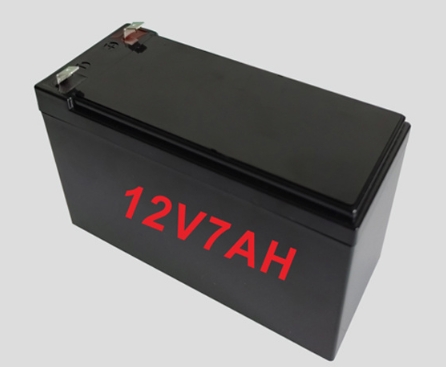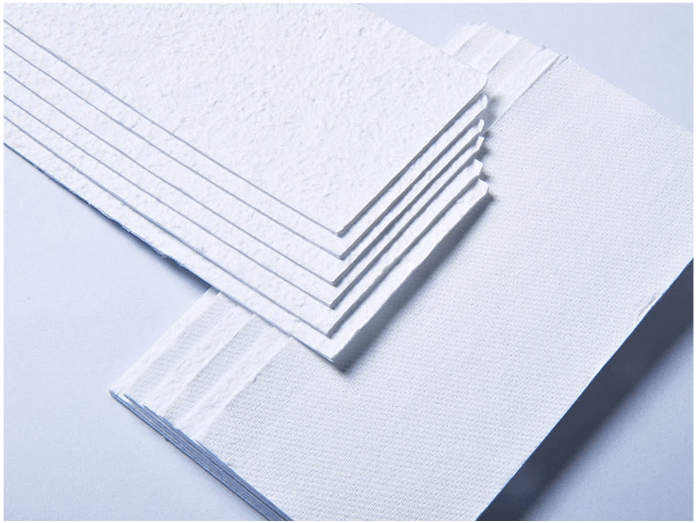Reasons for maintenance free lead-acid batteries
- By: JinHan
- Mar 06,2023
follow us
Maintenance free battery means that it is not required to be overhauled and maintained from the time of delivery to the time when it is in the hands of users until the end of its service life. The maintenance free battery is a sealed single battery and cannot be disassembled. What are the reasons for maintenance free lead-acid batteries?
General lead-acid batteries are composed of positive and negative plates, separators, shells, electrolytes and terminal posts. The chemical reaction of discharge depends on the positive plate active substances (lead dioxide and lead) and negative plate active substances (spongy pure lead) under the action of electrolyte (dilute sulfuric acid solution). The grid frame of the plate is made of lead antimony alloy for traditional batteries, and the maintenance free batteries are made of lead calcium alloy. The former is made of antimony, The latter uses calcium, which is the fundamental difference between the two.
In order to improve the service life and performance of lead-acid batteries, the positive grid frame of maintenance free batteries is generally made of lead calcium alloy or low gradient alloy, while the negative grid frame is made of lead calcium alloy. In order to reduce the short circuit of the electrode plate and the shedding of active substances, the separator is mostly made of superfine glass fiber cotton, or the positive plate is installed in the bag type separator.
In order to check the electrolyte density and understand the electricity storage, a temperature compensated densitometer is set inside. The indicator of the densimeter can be used to indicate the storage condition of the battery and the electrolyte level in different colors. When the electrolyte density is normal, the indicator shows green, indicating that the battery is fully charged; The indicator shows dark green, indicating that the electrolyte density is lower than the standard value and should be recharged; The indicator shows yellow, indicating that the electrolyte level is too low and distilled water needs to be added.
In addition, in order to prevent impurities from invading and moisture from evaporating, a totally enclosed enclosure opening with exposed electrode posts is adopted, and a spark catcher is also installed inside the enclosure to effectively prevent damage caused by external sparks.
The maintenance free battery adopts a lead calcium alloy grid frame, and the shell adopts a sealed structure. The amount of water decomposition generated during charging is small, and distilled water does not need to be added during the entire use period. The sealed shell makes the evaporation of water low, and the released sulfuric acid gas is also small. Compared with the traditional battery, it has the advantages of no need to add any liquid, less corrosion to the terminal pile head and wire, strong overcharge resistance, large starting current, long storage time of electricity, etc.
In order to prevent the vertical overflow of oxygen and hydrogen, reduce the water loss and the shedding of active substances, the electrode plate group is mostly of tight mounting structure. In order to shorten the length of the connecting strip, reduce the internal resistance and improve the starting performance of the battery, the through wall connection method is used between each single grid plate group. Only positive and negative poles are exposed outside the sealed shell.
In order to effectively avoid water loss, the upper vent of the shell is equipped with a safety device - a gas collecting chamber for collecting water vapor and sulfuric acid vapor, which becomes liquid and flows back to the electrolyte after cooling. The vent hole is equipped with a catalyst handle, which can make hydrogen and oxygen synthesize into water vapor and return to the electrolyte after cooling.
--End--

 English
English Russian
Russian Portuguese
Portuguese Arabic
Arabic Bangla
Bangla Indonesian
Indonesian








